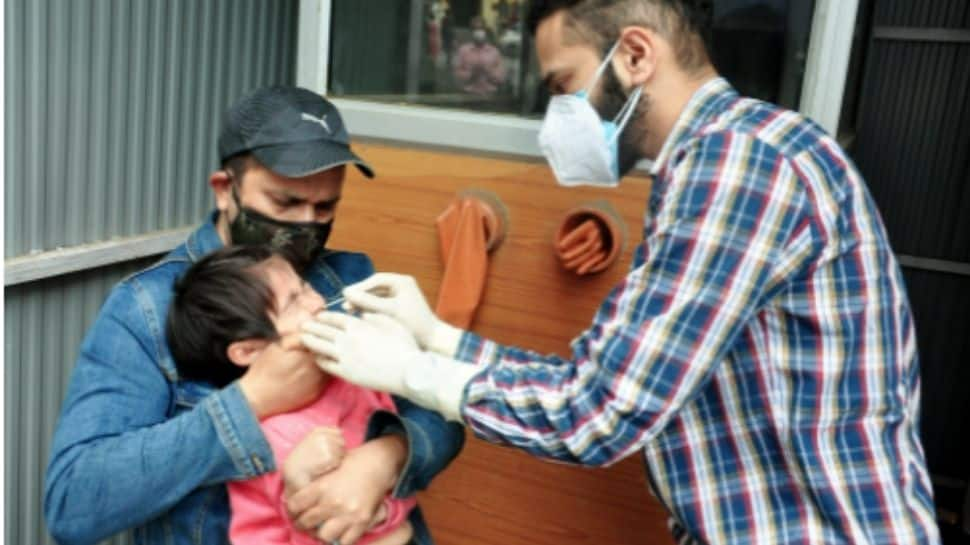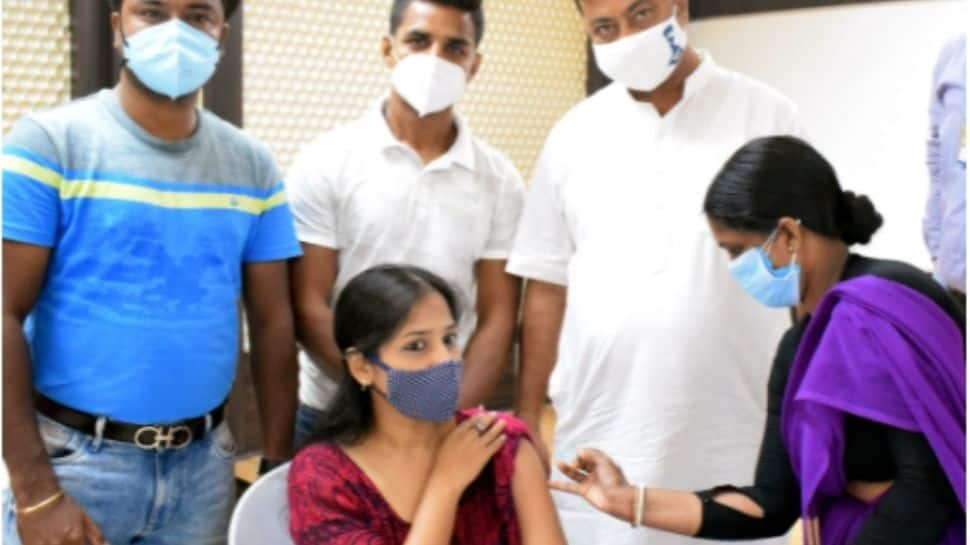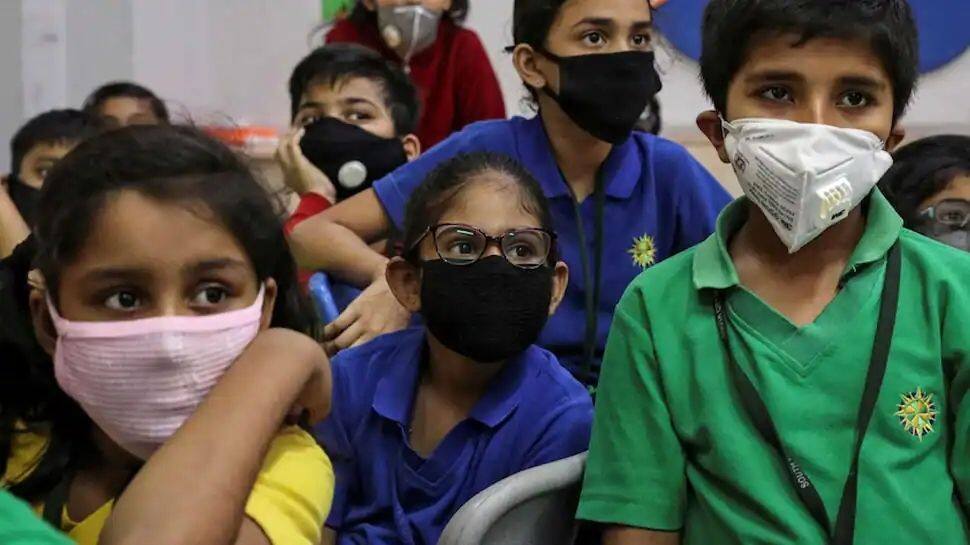COVID-19 third wave unlikely to affect kids more: WHO-AIIMS study, check key findings here
High sero-positivity rate among children
)
A key finding in the seroprevalence study stated that the SARS-CoV-2 sero-positivity rate among children was high when compared to the adult population in the survey.
Overall, more than half (62.3 per cent) of the rural population surveyed showed evidence of past infection from the coronavirus.
Pic Courtesy: ANI
Seroprevalence high in South Delhi

As per ANI report, resettlement colonies in South Delhi’s urban areas with a very congested population had a very high (highest reported yet in any sero-assessment) seroprevalence of 74.7 per cent, Dr Puneet Misra, Professor of Community Medicine at AIIMS, New Delhi, who led the survey said.
Even before the second wave, children below the age of 18 in South Delhi had as much seroprevalence (73.9 per cent) as the below 18 years (74.8 per cent)."These areas in Delhi and NCR (Faridabad) may have higher seroprevalence after the intense second wave. Probably, these levels of seroprevalence may be protective against any 'Third wave', " Dr Misra said.
Pic Courtesy: ANI
Over 4500 people participated in the survey

The interim findings that appeared on a pre-print server are based on a mid-term analysis of the data of around 4,509 participants from across five states. With 700 children in the 2-17 years age bracket and 3,809 people aged 18 years and over.
AIIMS chief Director Randeep Guleria and Professors from the Department of Centre for Community Medicine Puneet Misra, Shashi Kant and Sanjay K Rai were a part of the study.
Pic Courtesy: ANI (File Photo)
Opening schools not risky in urban areas of Delhi: Study

According to the ongoing survey, "In congested urban areas of Delhi, since children already have high seroprevalence, opening schools, may after all not be a very risky proposition. During the second wave, the NCR region of Faridabad (rural area) has a seroprevalence of 59.3 per cent (almost equal in both age groups), could be considered high compared to previous national surveys."
Pic Courtesy: IANS
Gorakhpur Rural has high seroprevalence, Agartala Rural site least

Gorakhpur Rural has a very high seroprevalence of 87.9 per cent (2-18 years) with 80.6 per cent and above 18 years with 90.3 per cent. These levels are likely to keep the "third wave" at bay.
Gorakhur is mostly affected in rural areas that means more chances of herd immunity.
The Agartala Rural site had the least seroprevalence (51.9 per cent) probably because it also included some tribal population which generally have lower mobility resulting in lower vulnerability to COVID19 infection.
Pic Courtesy: File Photo
Trending Photos








